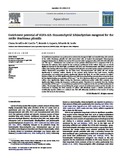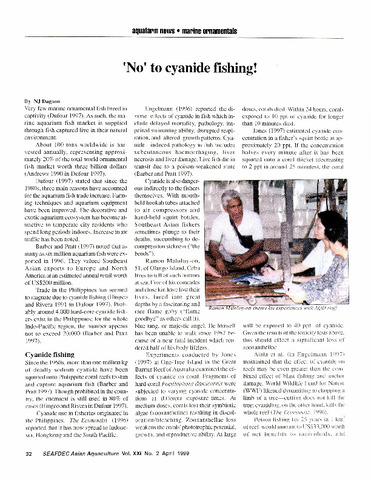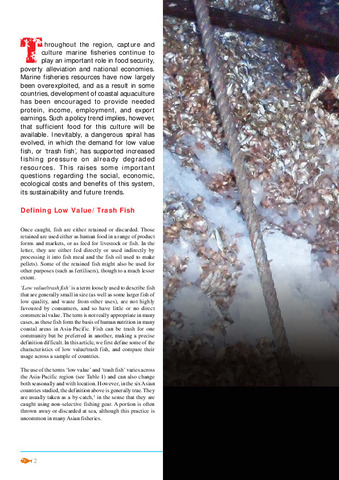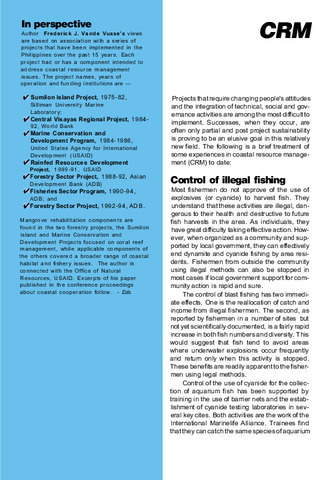Enrichment potential of HUFA-rich thraustochytrid Schizochytrium mangrovei for the rotifer Brachionus plicatilis
Share
Abstract
An enrichment experiment was performed to evaluate the changes in lipid and essential fatty acid contents of the rotifer Brachionus plicatilis fed with freeze-dried cells of tropical thraustochytrid Schizochytrium mangrovei (Isolate IAo-1). Rotifers starved for 24 h were fed with S. mangrovei cells at 200, 300, 400, 500, 600 and 700 mg L−1. Enrichment was carried out at two periods (Short-term = 5 h; Long-term = 10 h) to determine the optimum time needed for the maximum enrichment of the rotifers. There was an overall significant increase in the total lipid, arachidonic acid (AA) and docosahexaenoic acid (DHA) contents of rotifers after feeding with freeze-dried S. mangrovei indicating the successful uptake of these nutrients in the rotifer's biochemical composition. On the other hand, docosapentaenoic acid (DPA) did not change significantly in enriched rotifers. Results of the present study indicate that both factors, feeding concentrations and enrichment periods, significantly affected the lipid, AA and DHA contents of rotifers. Uptakes of lipid, AA and DHA significantly increased with increasing feeding concentrations except for those fed the highest feeding concentration of 700 mg L−1 for 10 h. Moreover, lipid and AA contents of enriched rotifers were significantly higher during the short-term enrichment period while DHA contents were significantly higher during the long-term enrichment period. Therefore, it is concluded that the feeding concentration of 700 mg L−1 at an enrichment period of 5 h is optimum in the AA and DHA enrichment of rotifers. The strategic scheme of combining the proper amount of enrichment product and the duration of enrichment in boosting the DHA contents of rotifers will effectively ensure a reliable production of nutritionally superior rotifers at a minimal cost. This will ultimately contribute to the success of rearing marine fish larvae in the hatchery.
Suggested Citation
Estudillo-del Castillo, C., Gapasin, R. S., & Leaño, E. M. (2009). Enrichment potential of HUFA-rich thraustochytrid Schizochytrium mangrovei for the rotifer Brachionus plicatilis. Aquaculture , 293(1-2), 57-61. https://doi.org/10.1016/j.aquaculture.2009.04.008
Subject
Taxonomic term
Collections
- AQD Journal Articles [1249]
Related items
Showing items related by title, author, creator and subject.
-
'No' to cyanide fishing!
Dagoon, N. J. (Aquaculture Department, Southeast Asian Fisheries Development Center, 1999) -
Prized commodity: Low value/trash fish from marine fisheries in the Asia-pacific region
Staples, Derek; Funge-Smith, Simon (Secretariat, Southeast Asian Fisheries Development Center, 2005)The use of the terms 'low value' and 'trash fish' varies across the Asia-Pacific region and can also change both seasonally and with location. This article defines low value/trash fish as 'Fish that have a low commercial ... -
CRM in the Philippines: Lessons learned
Southeast Asian Fisheries Development Center, Aquaculture Department (Aquaculture Department, Southeast Asian Fisheries Development Center, 1996)Philippine coastal communities can become capable fishery resource managers and that their management practices can become largely self-sustaining if the project approach focuses on assisting fishermen to learn how to help ...




